In a groundbreaking revelation that has sent ripples through the archaeological and travel communities, Peru’s Ministry of Culture has confirmed the discovery of a previously unknown branch of the iconic Inca Trail. This hidden pathway, nestled deep within the Andes and shrouded by dense vegetation for centuries, is set to open for limited public access in 2025. The announcement has already sparked a frenzy among adventure seekers and history enthusiasts eager to tread where few modern feet have stepped.
The discovery was made during a routine survey by a team of Peruvian and international archaeologists in the Vilcabamba mountain range, a region long associated with the final strongholds of the Inca Empire. Unlike the well-trodden routes leading to Machu Picchu, this newly identified trail veers northwest, winding through remote valleys and high-altitude passes before terminating near the ruins of an undocumented ceremonial site. Preliminary studies suggest it may have served as a strategic route for Inca messengers or a pilgrimage path to lesser-known sacred spaces.
What makes this find particularly extraordinary is its state of preservation. While sections of the main Inca Trail network have been restored or reconstructed over time, this branch remains almost entirely original—its stone steps worn smooth by centuries of use but otherwise intact. "It’s like stepping into a time capsule," remarked lead archaeologist Dr. Elena Quispe during the press conference. "The moss-covered retaining walls, the way the stairs contour the mountain... you can feel the engineering brilliance of the Inca civilization beneath your boots."
Balancing accessibility with preservation lies at the heart of Peru’s cautious approach to opening the site. Only 500 visitors will be permitted to hike the trail annually, with groups capped at 12 people accompanied by specialized guides. Permits will be allocated through a lottery system, similar to the current process for the Inca Trail to Machu Picchu, but with even stricter requirements regarding physical fitness and altitude experience. The 8-day trek will reach elevations exceeding 4,500 meters (14,760 feet), crossing ecosystems ranging from cloud forests to alpine tundra.
The Peruvian government has partnered with local Quechua communities to develop sustainable tourism protocols. Villages along the route will serve as staging points, providing porters and fresh supplies while sharing oral histories absent from written records. "This isn’t just about seeing ruins," emphasized Tourism Minister Juan Carlos Romero. "It’s about understanding living culture—how descendant communities maintain traditions tied to these landscapes." Proceeds from the high-cost permits will fund continued archaeological research and infrastructure projects in the region.
Logistical challenges abound. Unlike the main Inca Trail, this route lacks modern amenities; hikers must be prepared for true expedition-style camping and rapid weather shifts. Satellite communication devices will be mandatory, as the trail passes through areas with no cellular coverage. Perhaps most controversially, drones and tripods will be prohibited to minimize physical and visual intrusion—a decision that has disappointed photography enthusiasts but earned praise from conservationists.
As anticipation builds, scholars are debating the trail’s historical significance. Some theorize it may lead to "the other Machu Picchu"—a rumored sister city referenced in 16th-century Spanish chronicles. Others suggest it connected to the vast network of qhapaq ñan (Inca highway system) that once spanned South America. "Every new path we uncover rewrites our understanding of how the Inca managed their empire," noted Harvard anthropologist Dr. Terence Wright, who consulted on the project. "The sophistication of their road network surpasses anything in Europe at that time."
For now, the exact coordinates of the trailhead remain confidential to prevent unauthorized access. Those fortunate enough to secure 2025 permits will undergo a mandatory orientation covering Leave No Trace principles and cultural sensitivity training. As the world waits for the first official footsteps on this forgotten path, one thing is certain: the mystique of the Inca civilization continues to captivate, centuries after their empire’s fall.
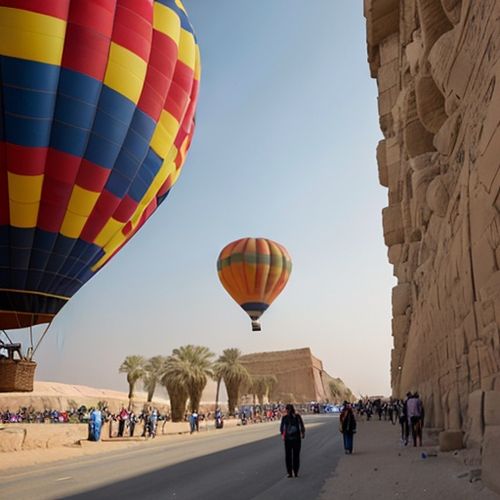
By John Smith/Apr 11, 2025
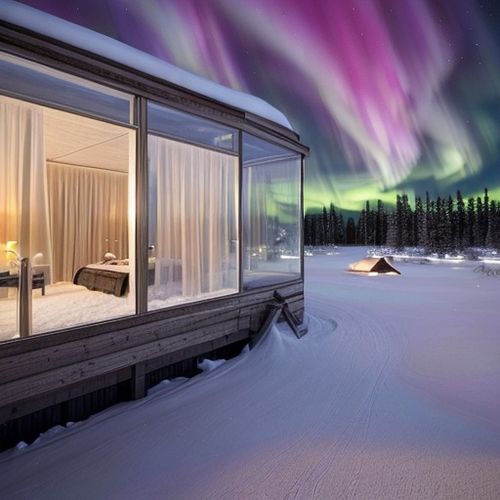
By Samuel Cooper/Apr 11, 2025
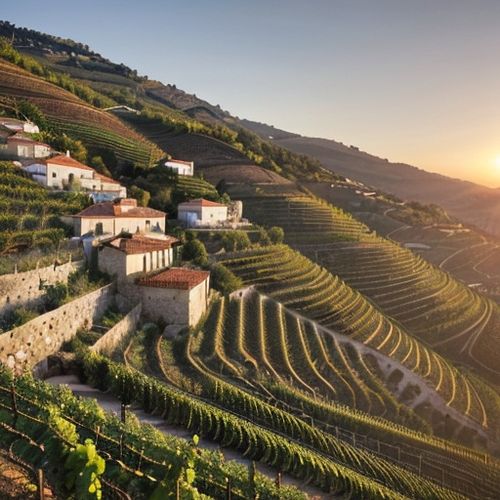
By George Bailey/Apr 11, 2025

By Thomas Roberts/Apr 11, 2025

By Lily Simpson/Apr 11, 2025
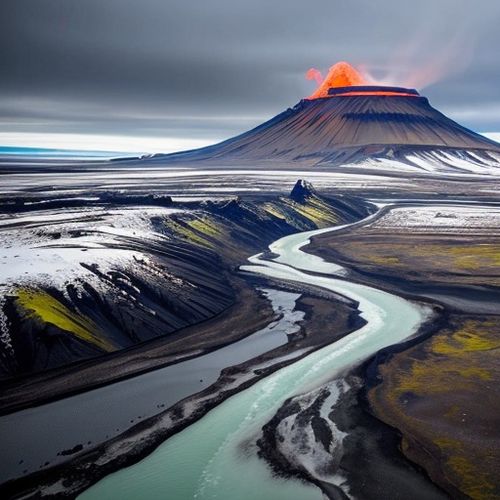
By Jessica Lee/Apr 11, 2025
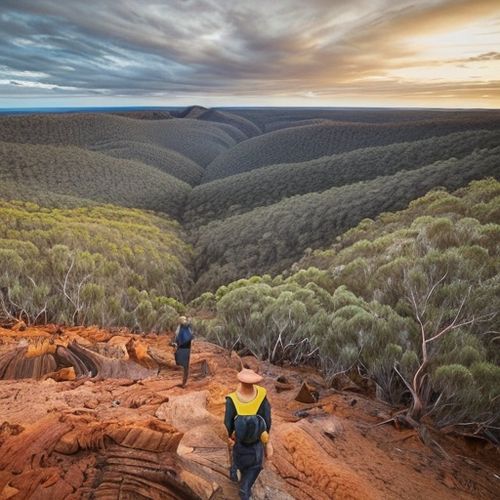
By Laura Wilson/Apr 11, 2025
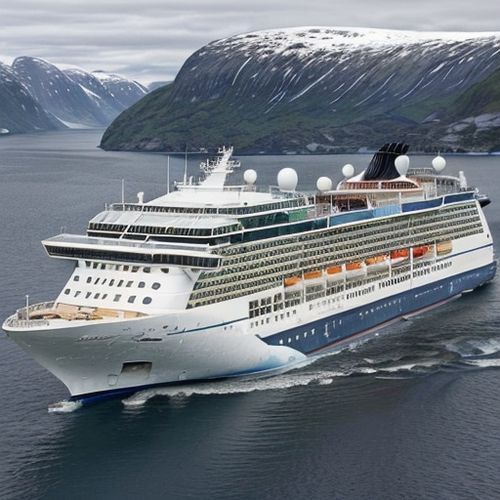
By Olivia Reed/Apr 11, 2025

By Noah Bell/Apr 11, 2025
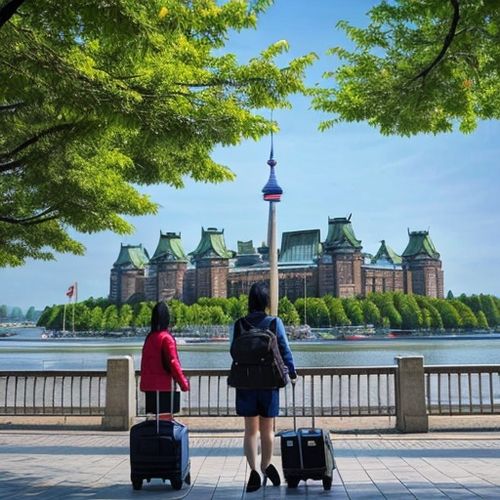
By Christopher Harris/Apr 11, 2025
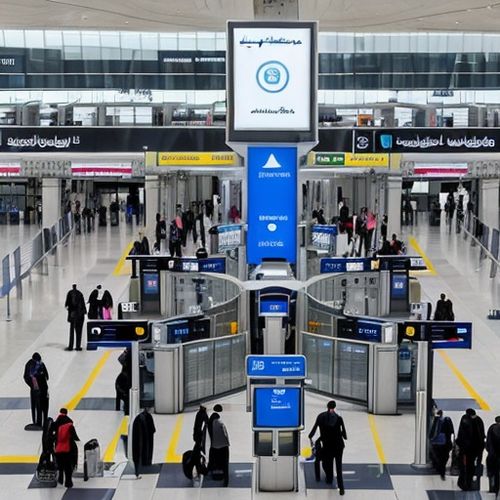
By Emma Thompson/Apr 11, 2025
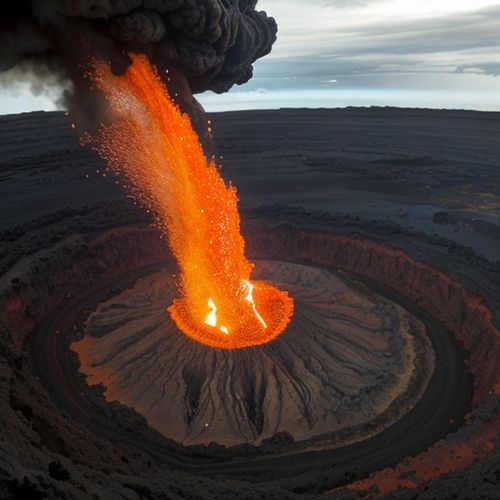
By Ryan Martin/Apr 11, 2025
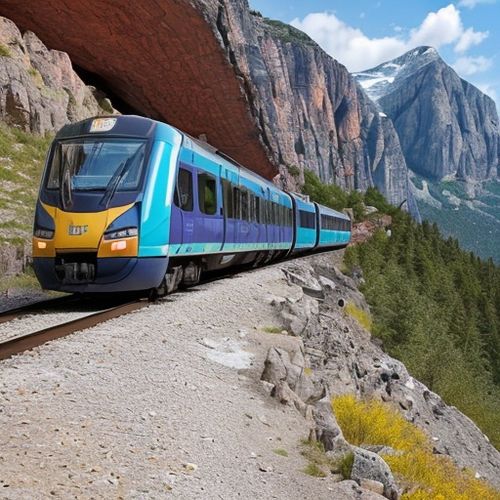
By Grace Cox/Apr 11, 2025

By Sarah Davis/Apr 11, 2025
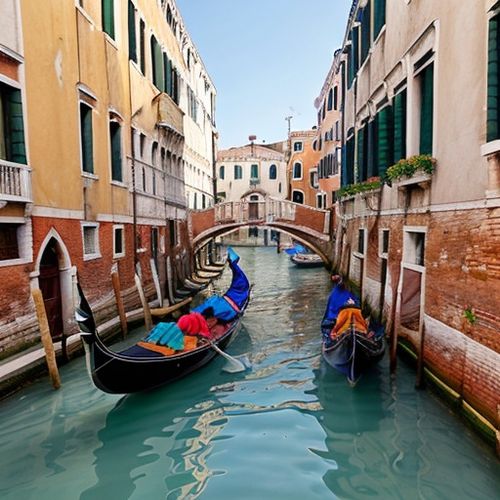
By James Moore/Apr 11, 2025

By Emma Thompson/Apr 11, 2025
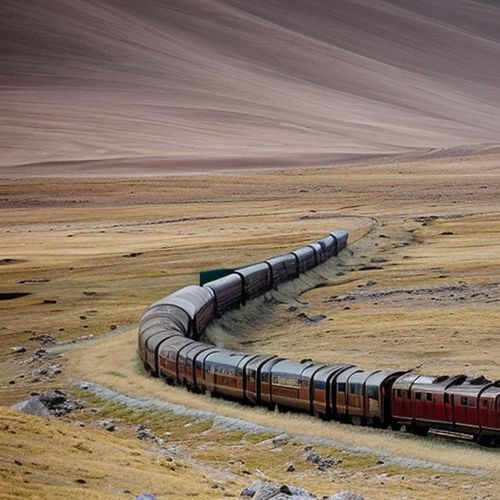
By James Moore/Apr 11, 2025
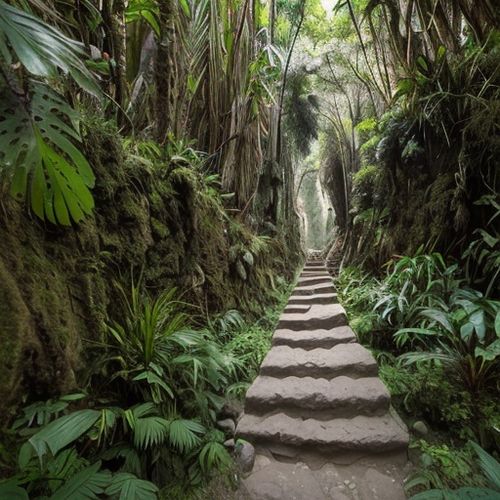
By Victoria Gonzalez/Apr 11, 2025
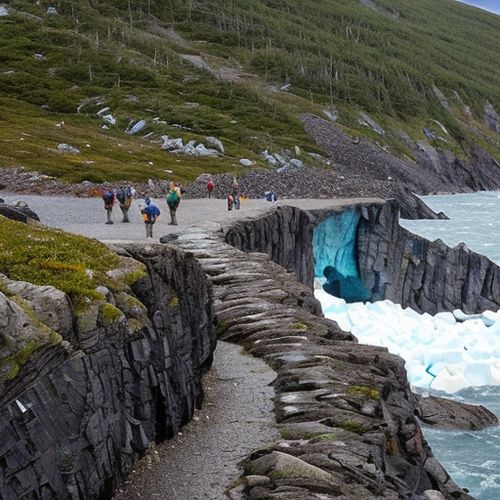
By Michael Brown/Apr 11, 2025
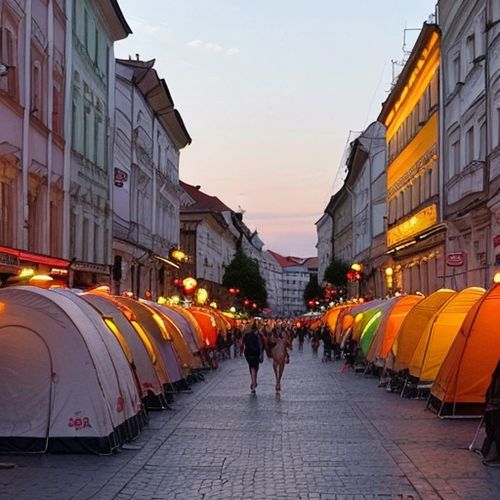
By Grace Cox/Apr 11, 2025